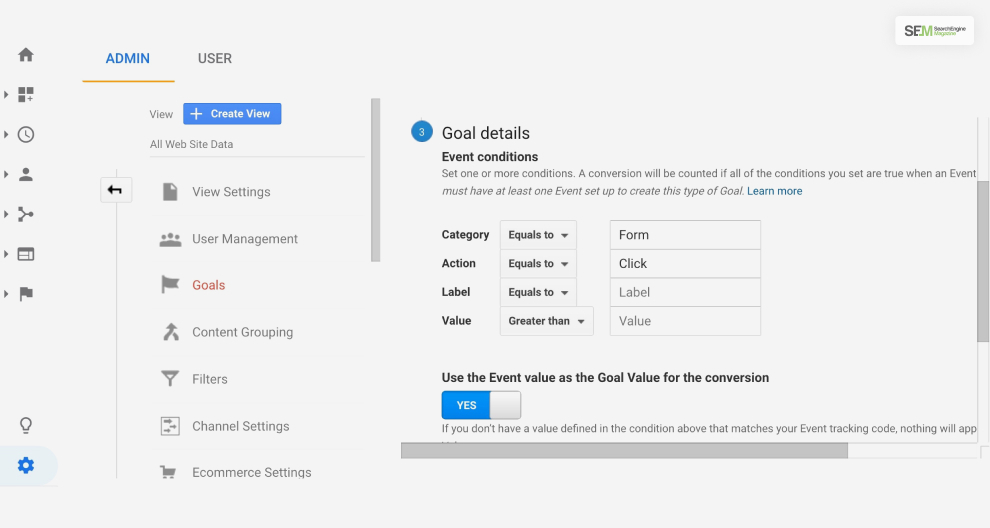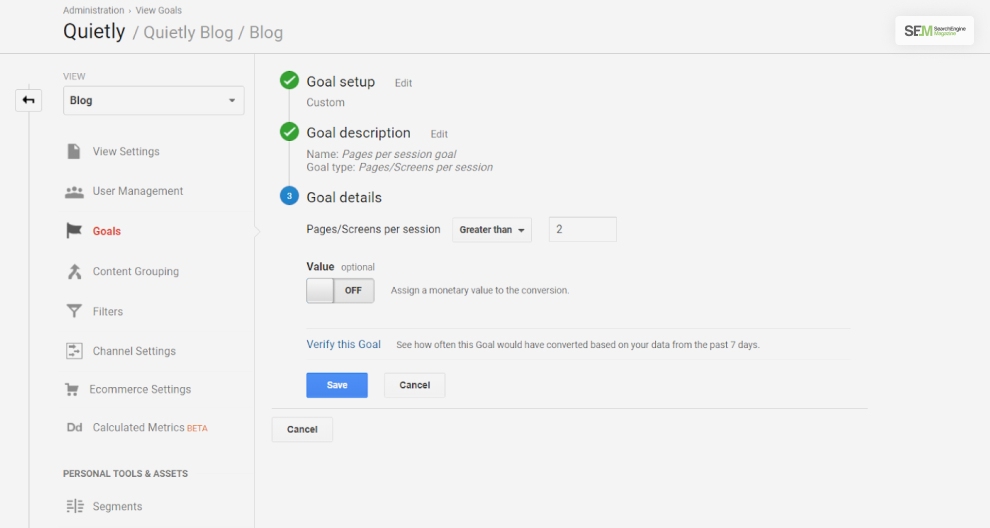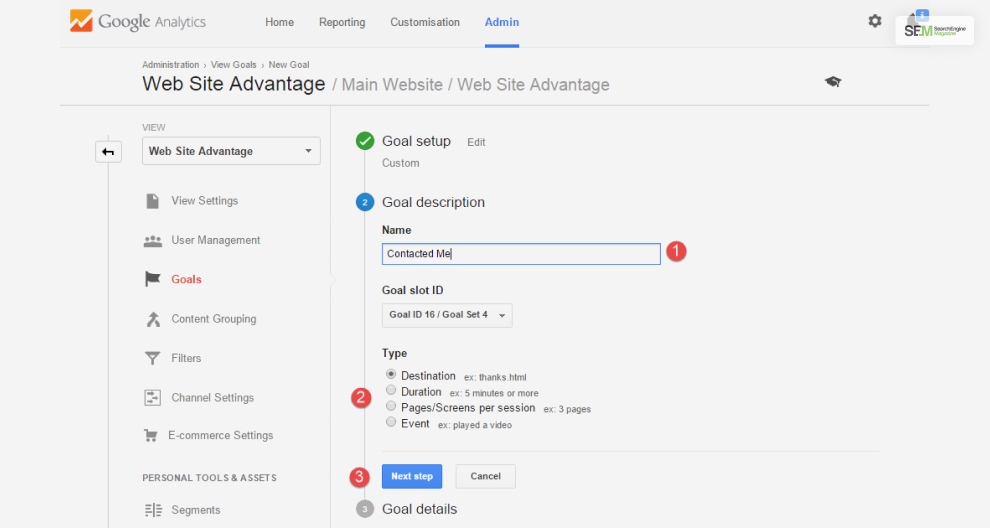Why Good Web Design Is Now A Core Ranking Factor?
Dec 29, 2025

Dec 29, 2025

Dec 26, 2025

Dec 26, 2025

Dec 26, 2025

Dec 24, 2025

Dec 24, 2025

Dec 23, 2025

Dec 23, 2025
Sorry, but nothing matched your search "". Please try again with some different keywords.


Question: what data is google analytics goals unable to track?
Options:
Answer: Customer’s lifetime value
There is certain data that Google Analytics Goals can track, and there are some data that it cannot track. In this case, the question is about the data that the Google Analytics Goals cannot track. The answer, in this case, is Customers; lifetime value.
This article will offer you a full explanation of your query and offer a clear answer. So, keep reading.

The Lifetime Value report helps you understand the different values of the different users of your business. This is completely based on your performance. You cannot just call it a number. Instead, it is a complete metric that cannot be tracked in Google Analytics Data.
Google Analytics offers insights related to your site’s performance based on the goal competition report. Google Analytics allows you to set different goals, such as “subscribing to newsletters.” When you set this as your goal, you will get to know when someone subscribes to your newsletters. Similar to this, there are more goals that Analytics reports allow you to set; goals such as – Duration, Destination, Pages/Visits, and Events. These are among some of the goals available in the Google Analytics report.
Indeed Google Analytics allows users to track user interactions and their activities related to your website. However, it is impossible to track the Lifetime Value of the Customers using Goal insights. There is no software to track how worthful any user is to any business. Based on that, we can say that Google Analytics Goals is unable to track the Data related to Customer’s Lifetime Value.
Read More: Which Assets Cannot Be Shared In The Solutions Gallery?

Google Analytics goals help business measure their success by calculating the frequency of any customer’s completion of an action. Such actions taken by the customers lead towards a conversion, adding to the overall profit and success of a business. Such goals involve completing the different tasks by the audiences which the company has targeted for.
For example, the goals include – completing a level of a game or submitting the users’ contact information. Defining goals is one of the fundamental elements of a digital analytics measurement plan. Once you have a properly configured goal, it will provide you with insights such as the number of conversions on your apps or website or the conversion rate of your business.
Without goals, it is impossible to optimize your business goals and optimize your marketing campaign.
However, Google can certainly track all the other data mentioned in the rest of the options. Google Analytics can track the data related to someone purchasing on your website or through the app. The data relating to someone watching any videos on the website is also possible to track, and so is the data related to Signing up for a newsletter.
However, it is completely impossible to track the lifetime value of any customer using Google Analytics Goals.
There are four different types of Google Analytics Goals. Here are the goals you need to know about –

Destination goals are about a certain location load. An example of the same would be –
“Thank you for registering!” webpage or app screen.

Duration goals are about sessions that last for a specific time limit or more than that. An example of this can be –
A goal is set for 10 minutes or a period longer than that.

This goal is about a viewer viewing a certain number of pages or screens. An example of this goal would be –
5 screens or pages have been loaded.

This goal is measured by an action defined during the happening of any event. Some examples of this type of goal would be – video play, social recommendation, ad click, etc.
Analytics users can analyze the goal competition rates or conversion rates through the Conversion- Goals reports. Goal conversions are also visible through conversions> multichannel funnels reports, attribution, and acquisition reports.
However, there are some limits to goals. You can read about them below –
If you want to use Google Analytics Goals effectively, follow the simple steps mentioned below in this article.

For a better and easier understanding of the conversion reports based on Google Analytics Goals, you should use simple and intuitive names that are easy to understand.

It is an optional part to assign goal values, but Google Support recommends that you assign a goal value. This will help you evaluate and monetize your goals with ease. You should also know that the Analytics uses the goal value data for calculating other metrics like ROAS. If using dollar amounts such as goal value does not seem applicable to your app or your site, you can use a consistent numeric scale for comparing and weighing your conversion.

When you change or repurpose any existing goal, you should keep track of the time and point when you made such changes. Goals do not apply to your historical data, so if you change a goal, it will change your conversion data from that certain point of change.
So, I hope that you have already found the answer to your question about – what data Google Analytics Goals is unable to track. However, if you have any further queries related to the same, you can leave them in the comment section. We will check them out as soon as we can. Meanwhile, thanks for going through this article with patience.
Shahnawaz is a passionate and professional Content writer. He loves to read, write, draw and share his knowledge in different niches like Technology, Cryptocurrency, Travel, Social Media, Social Media Marketing, and Healthcare.
View all Posts
Why Good Web Design Is Now A Core Ranking Fac...
Dec 29, 2025
The Quiet Arrival of True Color: How E-Ink Te...
Dec 26, 2025
Top 7 SEO Use Cases AI Automation Can Handle ...
Dec 26, 2025
Beyond SEO For Travel Agency: The Psychology ...
Dec 26, 2025
How To Get Verified On TikTok? Tips To Boos...
Dec 24, 2025

